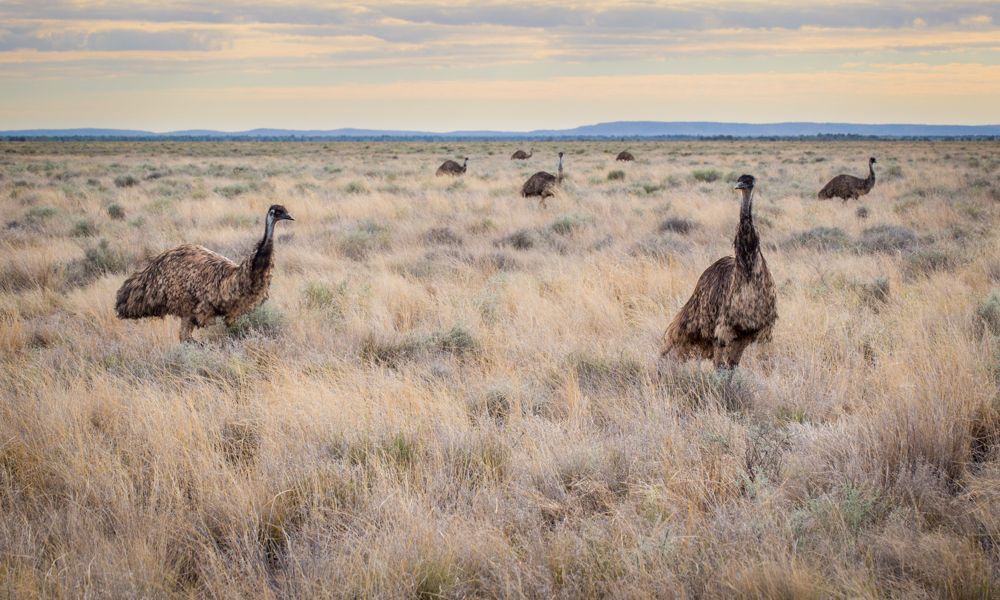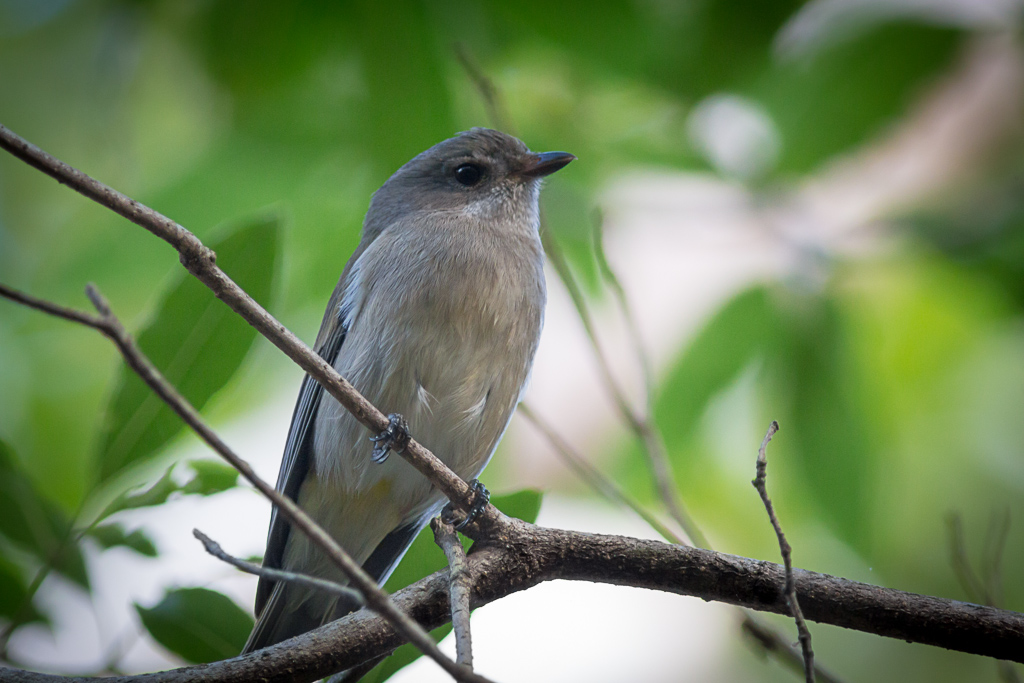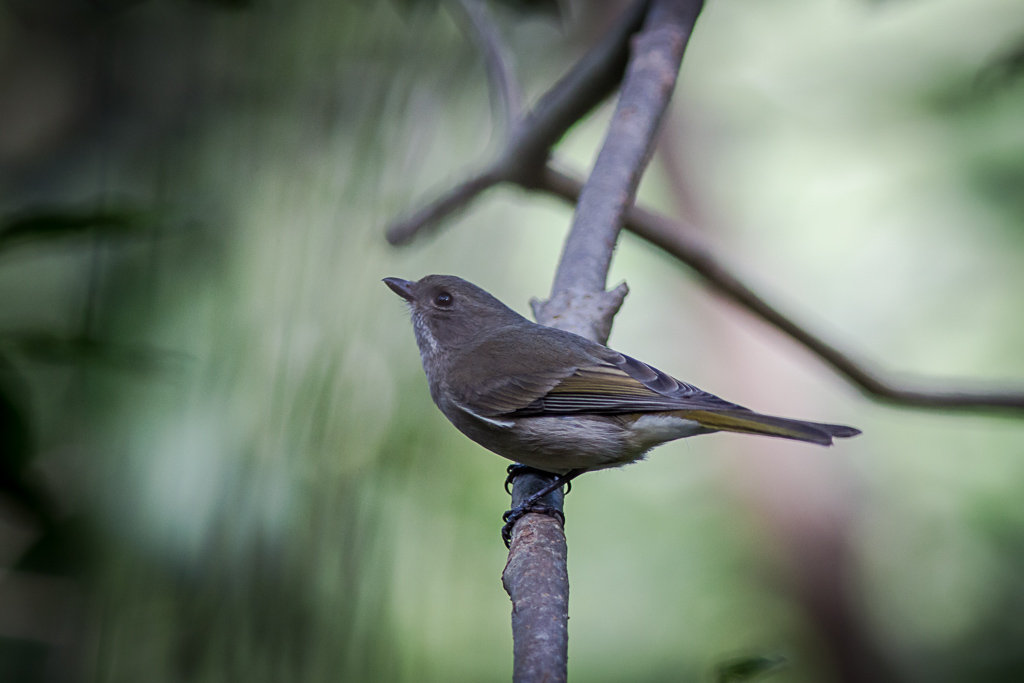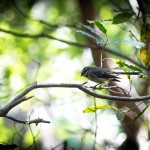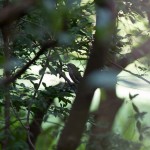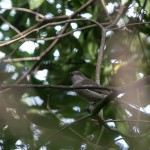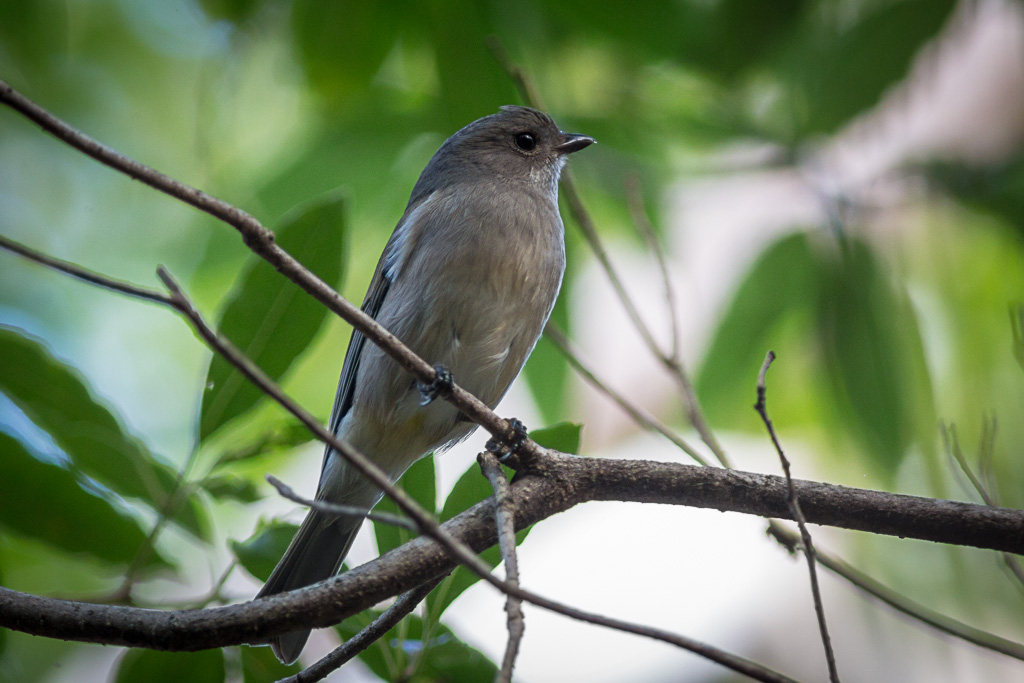This article (below) first appeared in the CRAG a publication of the Castlecrag Progress Association. I have lived in Castlecrag for ten years. I am only beginning to understand the Griffins and the significance of their lives. I am sure I will return to them, but I hope some of my enthusiasm for them is demonstrated below. Please feel free to express your opinions whatever they may be about Castlecrag and its walkways by using the ‘leave a comment’ link at the bottom.
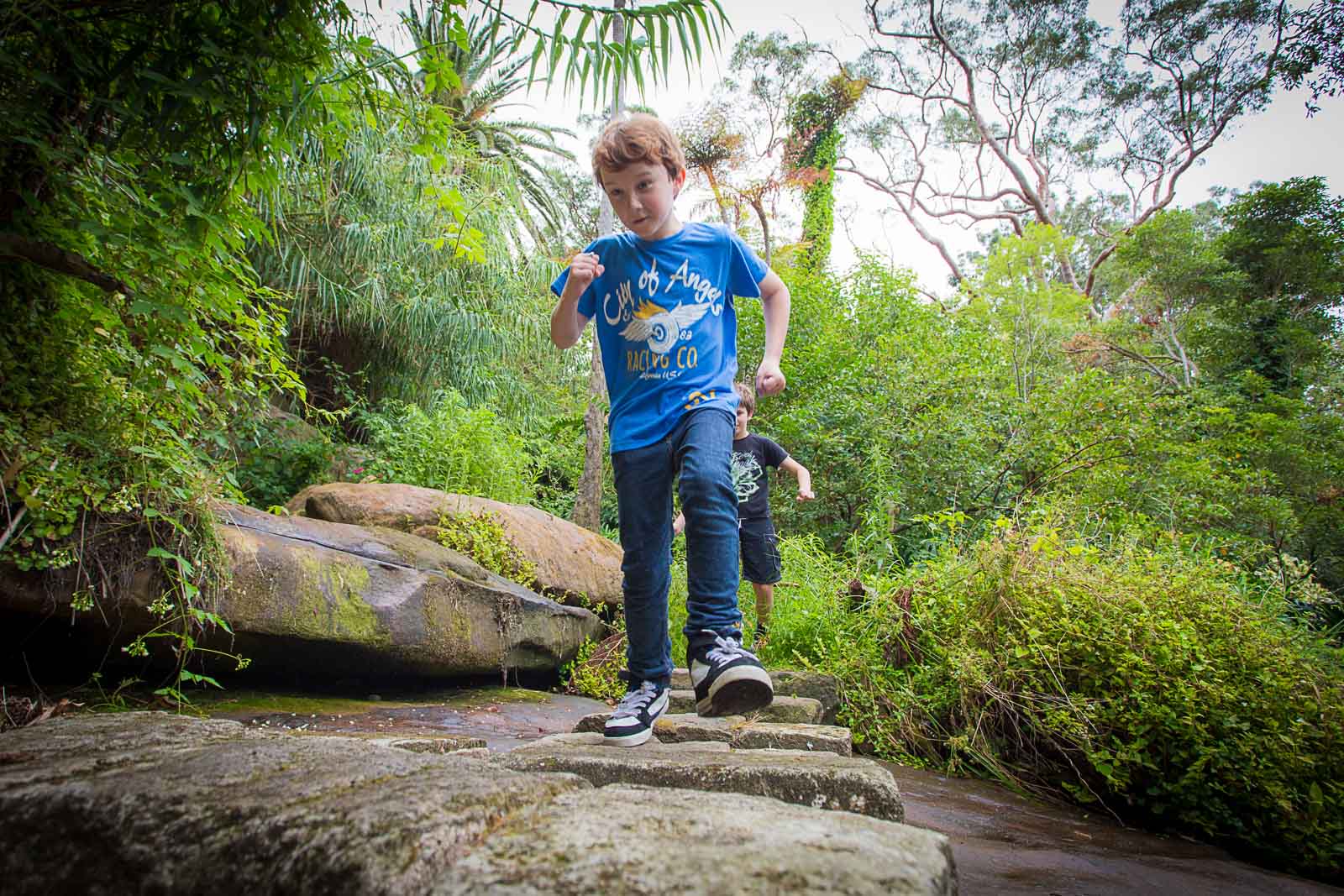 Walter and Marion Griffin’s Castlecrag is soon to be celebrated with two commemorative walks. These walks will be supported by a map, an app, the way finding posts that you may have noticed popping up around the place and the ongoing upgrade, maintenance and sometimes reclamation of public land. We are fortunate in Castlecrag that public land is plentiful. The abandonment of plans to make Castlecrag an expressway linkage to Seaforth and Griffin’s development regarded by some as arguably the most generous act of property development in Australian history have contributed to our very fortunate situation.
Walter and Marion Griffin’s Castlecrag is soon to be celebrated with two commemorative walks. These walks will be supported by a map, an app, the way finding posts that you may have noticed popping up around the place and the ongoing upgrade, maintenance and sometimes reclamation of public land. We are fortunate in Castlecrag that public land is plentiful. The abandonment of plans to make Castlecrag an expressway linkage to Seaforth and Griffin’s development regarded by some as arguably the most generous act of property development in Australian history have contributed to our very fortunate situation.
The Griffins were schooled in the progressive architectural ideas of Chicago of the beginning of the last century. Theirs was a democratic architecture for people that was inspired by nature and philosophy. Walter trained not just as an architect but as a landscape architect and urban planner, so his plan for Castlecrag was mindful of the importance of the rocky contours and its native vegetation. Rather than the typical grid pattern of streets with red roofed houses and paling fences that ran from the shoreline to the ridge and obscured any sense of the sandstone beneath, his plan followed the contours. The walkways, that could also double as service corridors, provided the pedestrian linkages between streets and the shops, shoreline, outdoor theatre or the bushland reserves in between where neighbours could meet and nature could be enjoyed. Castlecrag became known as a cultural and spiritual hub. It thrived but the Griffins’ vision was derailed by the depression and Walter’s untimely death in India in 1937.
Today, after more than fifteen years of progressive improvements, many of the walkways are able to function in something like the way that Griffin envisaged. But, the walkways are sometimes considered to be an intrusion to residents’ privacy or to bring social problems to the backdoor.
As a person who lives on a walkway, I have a perspective that comes from experience. I live on a relatively busy walkway that connects Castlecrag with Warners Park, Northbridge and Sailors Bay. I have lived here for ten years. I view Castlecrag as a quiet place without population pressure. I have never considered the small number of people who walk by an imposition. I like hearing their chatter, women on workouts and young kids being taught by fathers and mothers about the bush. From time to time, they provide an opportunity for a conversation and even a friendship. But usually they simply walk by and the moment is as brief as when anyone passes your house. At times, I have tourists asking for directions. For example there was the Frank Lloyd Wright devotee from England whose interest in Griffin derived from the fact that he and Marion worked for Wright.
All in all, the walkway is a really positive part of my relationship with Castlecrag and our community. Many walkways are yet to be reclaimed and it is important that people view them for what they are, public assets that may provide amenity to the community. It is also important that any discussion about walkways or footpaths considers their benefit to a wider community’s need to access shops, shoreline or the occasional walk in the reserve.
Matthew Keighery, Castlecrag resident, is also a committee member of the Griffin Reserves Advisory Committee (GRAC). GRAC meets with Council representatives eight times a year to discuss and advise on plans and improvements for the Reserves. The Committee is currently looking for new members.
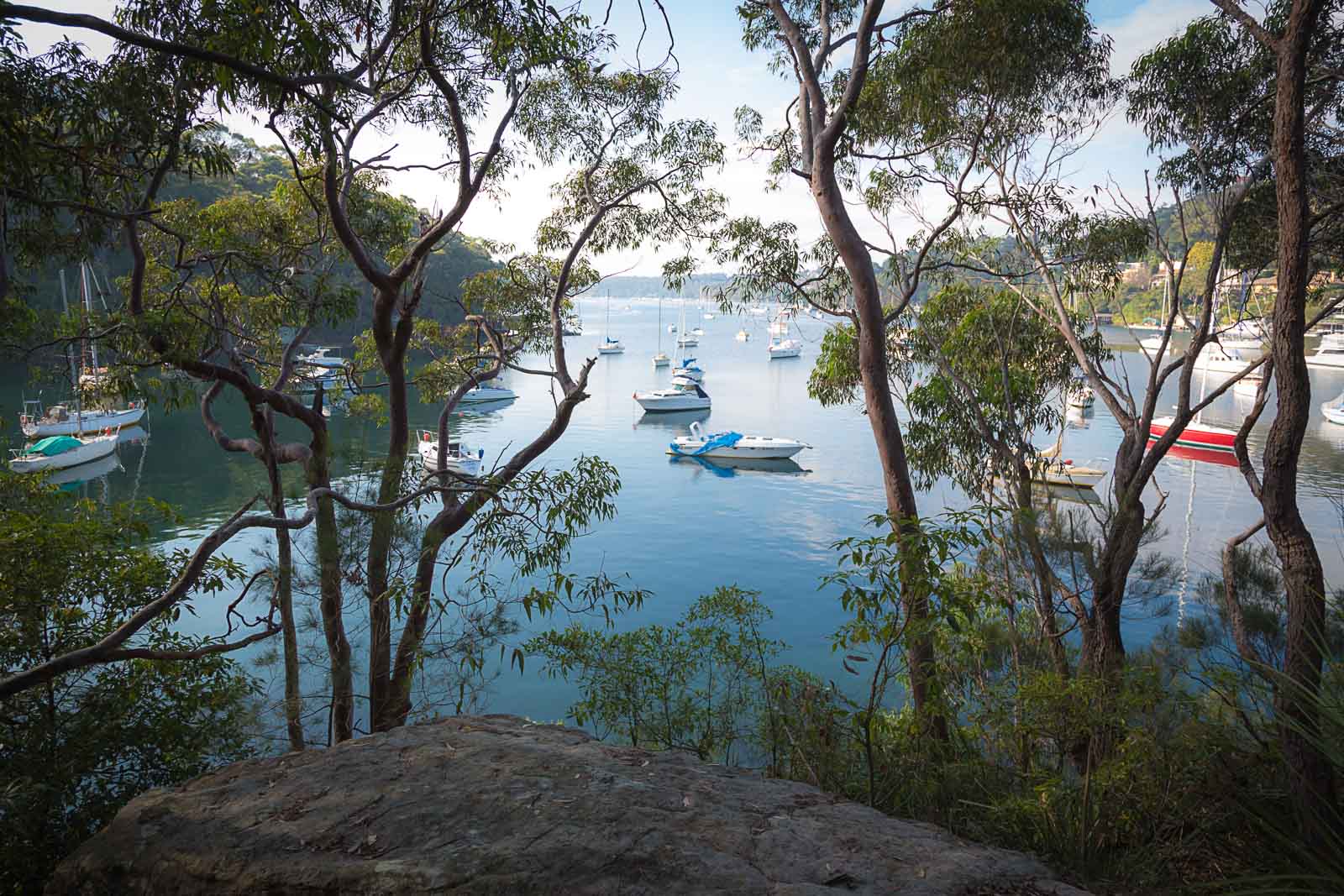 —————————-—————————-—————————-—————————-——————
—————————-—————————-—————————-—————————-——————
Resources – learn more about the Griffins and Castlecrag
There is currently a web app being developed that I have largely written and provided photographs for that can be used to navigate some of Castlecrag’s walkways. I will post a link when it becomes available. There will also be a link to a physical map. I suggest you do these walks and access the information. it is a fascinating and beautiful part of Sydney.
The Griffin’s story is incredible. They are well worth reading more about and Alasdair McGregor’s book is excellent.
Alasdair McGregor (2009), Grand Obsessions: The life and work of Walter Burley Griffin and Marion Mahony Griffin Penguin/Lantern, Camberwell, 2009
There is a great ABC radio program on the suburb, The idealists: creating Castlecrag (2012) which is informative and entertaining
The University of New South Wales, 2012 Utzon Lecture Series has one by Professor James Weirick entitled “100th Anniversary of Walter Burley Griffin: Griffin and Canberra” which is available online as a video.
